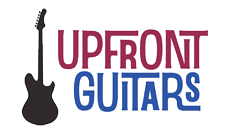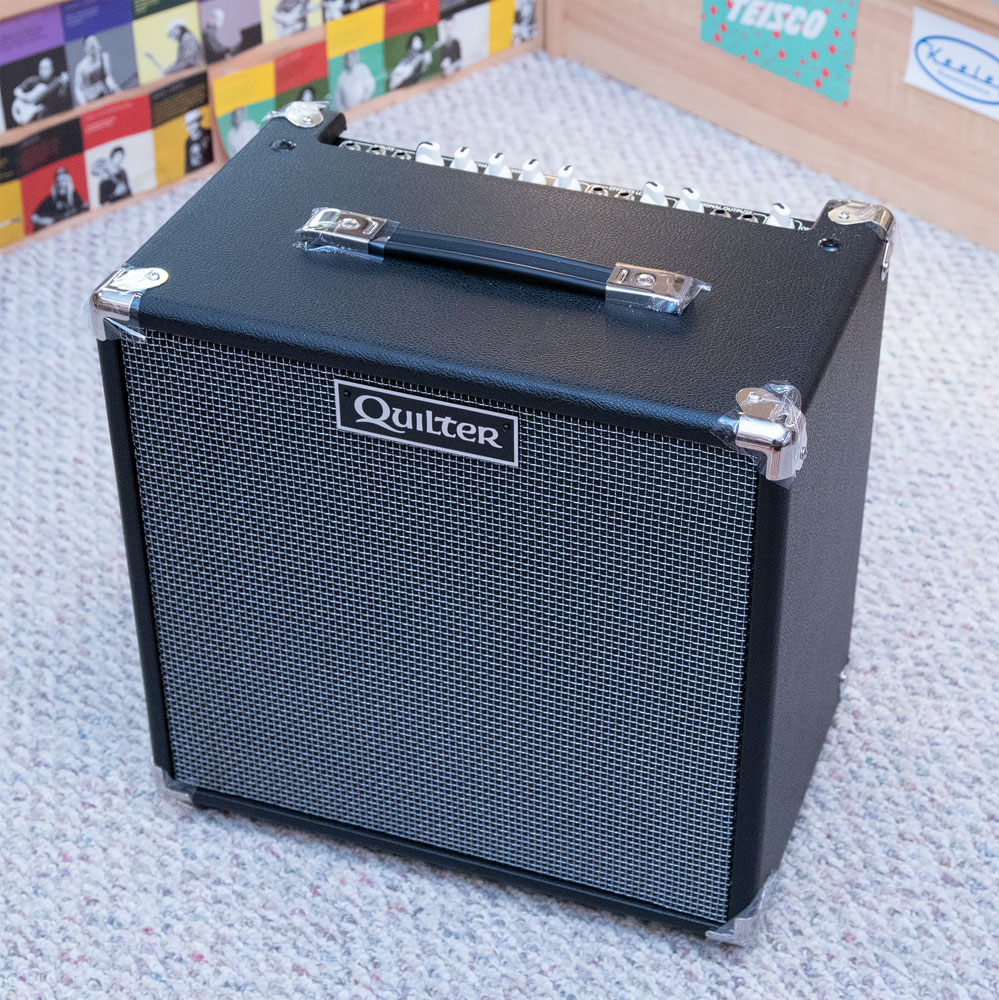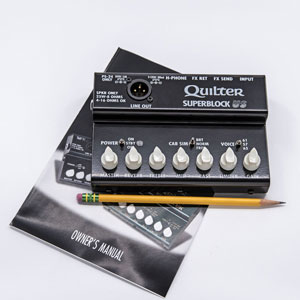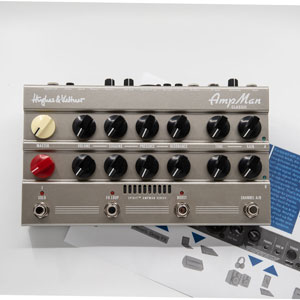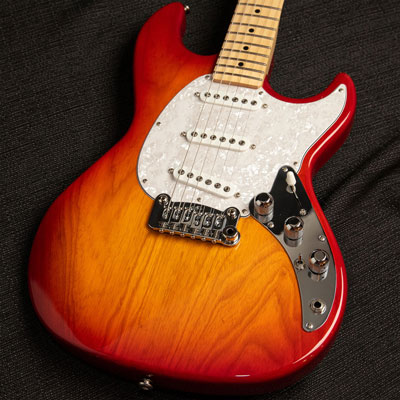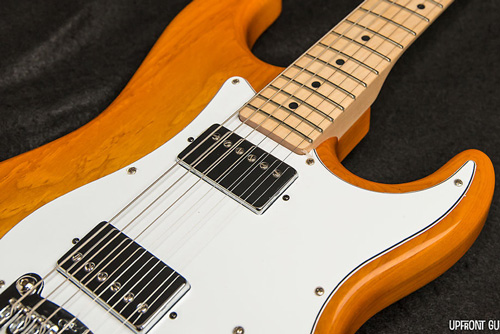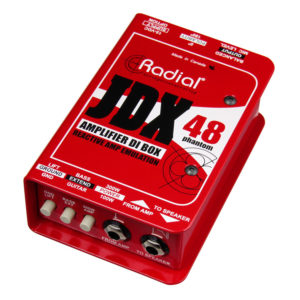On roughly September 15th, 2025, G&L Guitars shut down operations on Fender Avenue. From what we understand, the entire operation — tools, machines, inventory — is being sold to a new owner. The persistent rumor is that the new owner is Fender (FMIC). If that’s the case production is certainly over at Fender Avenue, and if G&L is to continue as a brand, it will continue elsewhere. We certainly hope so as we love the brand, and know and respect many of the former employees of G&L. What follows is our observations on the past few years with G&L leading up to now, and discussions with past employees.
Since Leo Fender’s passing, G&L has been owned for many years by the McLaren family under the corporate name of BBE sound. We’ve been working with the company since 2010, and while G&L has likely never been highly prosperous, the post-COVID years seemed to be increasingly troubled. During the COVID era boom G&L could not build guitars fast enough, and we were waiting several months to receive guitar orders. This was due to both heavy backlog at the factory and component shortages. Product quality was still good, and COVID-era guitars were not lacking in terms of fit and finish. Like a lot of manufacturers, G&L caught up with demand just in time for it to crater. Customers bought “everything they ever wanted” during COVID and 2022-2024 were rough for a lot of manufacturers and dealers.
In 2019 before COVID hit, G&L Guitars released the Fullerton Deluxe series. These were “SKU” guitars meant for large retailers like Sweetwater that did not want to specify each guitar. It simplified ordering and manufacturing. But it also encouraged G&L to build for inventory rather than immediate demand such as a Build-to-Order guitar (BTO). Building to stock keeps the factory running, but if there are not orders on the books, it ties up cash and materials. BTO guitars are a form of “just in time” manufacturing, and every guitar has a buyer. No labor or material is wasted in tied up inventory. For the record, we rarely ordered Fullerton Deluxe guitars purely for the reason that it made no sense to compete directly with Sweetwater, Musicians Friend, etc. They are not any lessor in quality than a BTO.
Early in 2022 G&L started to “factor” their accounts receivables. What does that mean? Essentially, if UpFront Guitars bought a guitar from G&L, G&L “sells” the invoice to a finance company, and we would actually pay the finance company for the invoice based on our established payment terms. But G&L was paid right away by the finance company. This allowed G&L to get cash immediately, but naturally the finance company takes a cut, lowering the profit margin at G&L. How big a cut that is we’ll never know, but it was a sign that cash flow might have been an issue at G&L. Some of our internal contacts were highly negative regarding the finance company relationship, and that it was a bad deal for G&L. While it’s total conjecture on our part, chasing the big box sales with SKU guitars, building inventory, and factoring invoices could all be part of the same cycle. Big outlets like Sweetwater likely had favorable terms — and pricing — all which lowered overall profitability.
2023-2024 seemed in some ways back to normal with G&L. Hard cases were gone in lieu of gig bags, but the gig bag was not up to the price of the guitar. It got better when they went to the Protec Gold bag, but many customers saw this as a cheapening of the product (although the G&G hard case declined in quality and increased in price). But delays due to component issues started to crop up again. But this time is was not COVID, but more likely due to supplier payment issues.
From late 2024 to the last days if materials were available, we were getting guitars very quickly, and build quality was good. And G&L was happy to do special runs to keep the shop running. Such was the case with a small batch of SC-2 guitars made for us in late 2024. But in retrospect, this was likely a sign that there were not enough new regular orders to keep the factory busy. This past summer shipments started coming via UPS instead of FedEx (were learned that G&L got cut off by FedEx until they paid their bill).
Between 2024 and the end G&L released new models — 45th Anniversary Series, Rampage 24, Rampage with Kahler, JB MFD, Fullerton Standard — but in every case did not launch any consistent or sustained marketing effort. The first Fullerton Standard products came out only about 6 weeks before G&L closed. While conventional wisdom these days is that you can do a few Instagram videos and go viral, sometimes it’s good to get professional help.
And what about the recent tariffs? While tariffs are inflationary, they were not the straw that broke G&L. Some at G&L viewed the tariffs as helping them to be more competitive against imports from Mexico, China and Indonesia. The Fullerton Standard line was intended to be a “tariff beater” guitar much like the American Performer Tele. Imported content for G&L was mainly tuners, bridge hardware and some woods like rosewood. Tariffs would have a much greater impact on the Tribute line, but no more so than Schecter, LTD, PRS SE, etc. And if G&L had decided to raise prices $50-75 on the USA line, most customers would have understood.
In mid-September and without warning, G&L Guitars ceased operations. And there has still been no formal communication from the company. We had a dozen customer BTO’s on order at the time, and about as many BTO’s for our own store stock. Their future is uncertain at best and we are starting to return deposits.
The short story is that G&L likely ran out of money for good. Which is how most small businesses fail. G&L fans are justifiably upset at the prospect of what they see as Leo’s legacy dying, or worse falling into the wrong hands. Some also bemoan what they view as declining quality and lack of being “true” to Leo Fender’s innovations as the real downfall of the company. But I doubt changing to a four-bolt neck or sourcing hardware from Taiwan — like most companies — was the end-times. And if the G&L Espada was honoring Leo Fender, they should have spent the R&D money on improving the consistency of the existing products.
My own opinion — and everyone has one at this point — is that G&L tried to chase growth and volume but were not sufficiently capitalized to successfully pull it off. And the brand marketing or lack thereof never reached an audience large enough to support those goals. To be successful you need to know who your are, and how big you want to be. G&L Guitars was never going to be a big company: But they had Leo Fender’s signature, likeness, and late-career innovations that are virtually priceless in the right hands. We’ll see what the next pair of hands do with Leo’s legacy.
